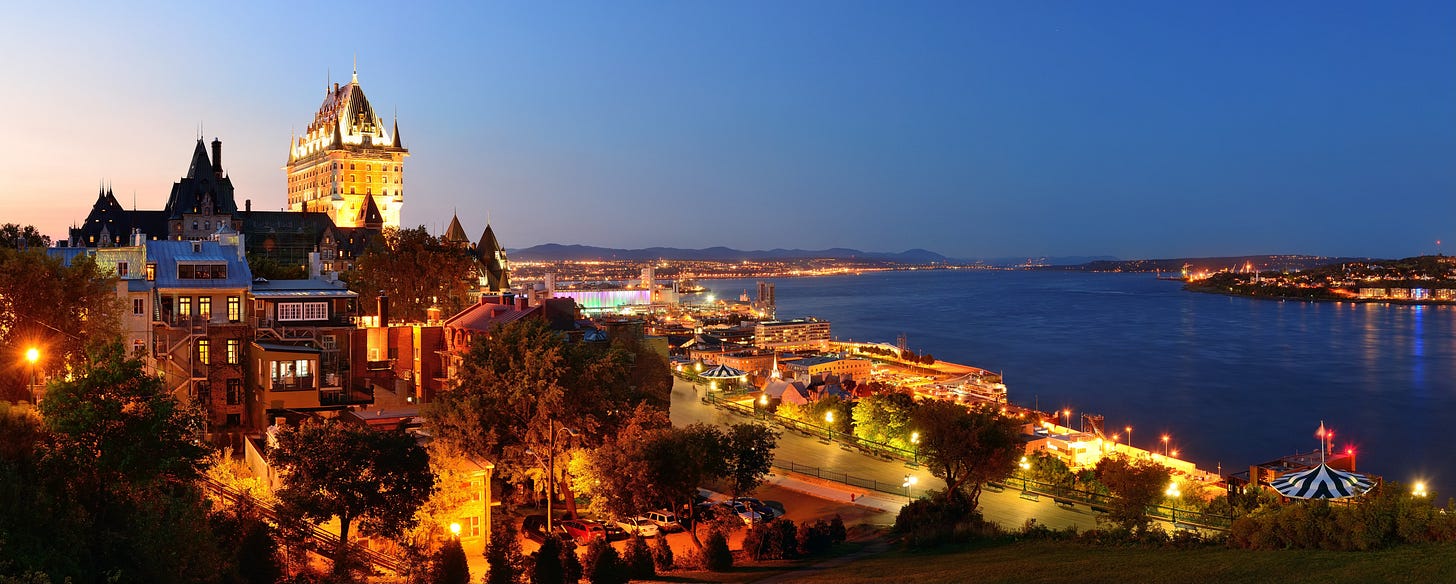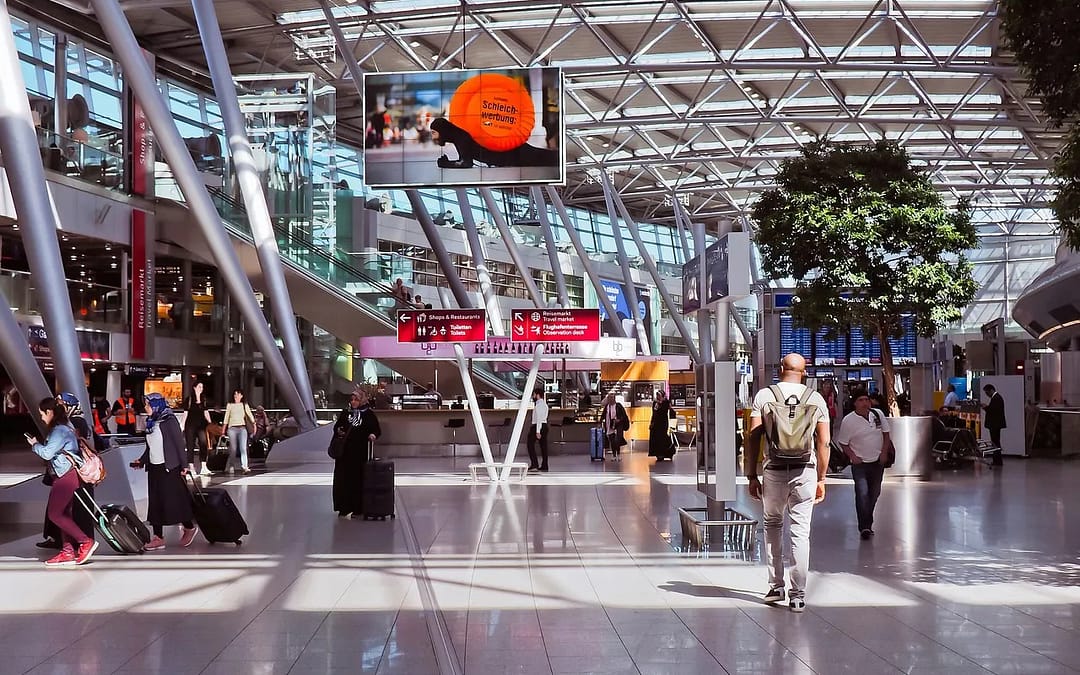Somewhere along the line, travel got rebranded as a luxury — a reward for youth, a byproduct of wealth, a glossy image crafted for social media likes. Today, the act of crossing borders or even county lines is often framed as something extravagant, optional, or indulgent. But for many of us, especially those of us who have seen more than a few decades and accompanying chapters that life has granted, travel is something far more essential. It is not a luxury. It is a lifeline.
When we step onto a plane, a train, or even into the driver’s seat of a road trip, we are doing something profoundly human: we are reclaiming movement, curiosity, and connection. We are actively resisting the shrinking that can happen with age — the way routines harden, social circles narrow, and fears creep in if we let them.
For older adults, travel isn’t about checking off bucket list items. It’s about staying alive to the world, and by extension, to ourselves. It’s about remembering that wonder doesn’t have an expiration date. That growth isn’t something you outgrow.
Wellness doesn’t begin and end at the gym or the doctor’s office. It’s found in the unpredictability of a new city street, the humility of hearing another language, and the pride of finding your way somewhere unfamiliar. Travel strengthens more than just legs and lungs — it strengthens resolve, empathy, patience, and awe. And those are the muscles that matter most.
In a time when the world feels increasingly walled off — with political unrest, border anxieties, and new barriers thrown up at every turn — choosing to move, to explore, to engage with people beyond our own zip codes is not a frivolous act. It’s an act of wellness. An act of resistance. An act of self-preservation.
Travel teaches us, again and again, that change is survivable — and sometimes beautiful. It reminds us that the road does not end because of age. The road, if we’re brave enough, widens.
So this week, Fit2Journey invites you to think of travel not as a perk, but as a priority — a lifeline to the larger, richer, more astonishing world that’s still waiting for you.

🌍 Destination of the Week
📍 Québec City, Canada – Old World Feel, New World Comforts
💬 For travelers craving the romance of Europe without crossing the Atlantic — and seeking a calm, friendly destination amid rising global tensions — Québec City delivers a perfect blend of history, hospitality, and heart.
Why It’s Ideal for the 50+ Traveler:
Québec City offers a rare experience: the winding stone streets, open-air cafés, and 17th-century architecture of old Europe, without the transatlantic flight. Compact, safe, and highly walkable, the city is ideal for mature travelers who appreciate culture, cuisine, and a slower, more graceful pace of exploration.
Unlike Montreal, which feels larger, grittier, and more urban, Québec City retains a small-town charm wrapped in fortified walls. French is the primary language here, but visitors will find most hospitality staff comfortable switching to English when needed. The city’s warm, human-scale environment makes it easy to feel both transported and completely at ease.
In a world where international tensions are increasingly unpredictable — and U.S.-Canada trade disputes have added some political strain — Québec City remains welcoming and relatively insulated. It’s a destination where Americans are still embraced as guests, not just tourists.
Top Activities for Mobility and Rest:
- 🏰 Old Québec (Vieux-Québec): Stroll cobblestone streets, shop artisan boutiques, and visit historic sites like Château Frontenac and Place Royale.
- 🛶 Montmorency Falls: Higher than Niagara, this waterfall offers stunning views with accessible gondola rides and gentle walking paths.
- 🎨 Musée national des beaux-arts du Québec: An easy-to-navigate art museum celebrating local creativity and Indigenous voices.
- 🚋 Funicular Railway: Ride between Upper Town and Lower Town for stunning river views without steep climbs.
💰 Budget: $75–$125/day (USD equivalent)
Includes boutique hotels or charming B&Bs, bistro meals, and public transportation via buses or ferries. Shoulder seasons (late spring and early fall) offer the best rates.
🚶 Accessibility Notes:
- Many hotels offer elevators and accessible rooms, but cobblestone streets can be uneven.
- Use the funicular or bus system to avoid steep inclines between Old and Lower Québec.
- English-speaking medical services are readily available if needed.
⚠️ Caution Corner:
Be mindful that winter (December–March) brings heavy snow and icy sidewalks — beautiful, but challenging for walking.
Visit from May to October for easier mobility, outdoor dining, and festival season energy.
Final Thought:
When the global stage feels tense and distant lands feel a little riskier, Québec City offers something precious: an escape that feels foreign and familiar at the same time — close enough to reach easily, rich enough to rekindle your sense of wonder.
A journey across borders doesn’t always have to be across oceans. Sometimes, it’s just across a river, into a place where the world still feels timeless, welcoming, and ready to receive you.


